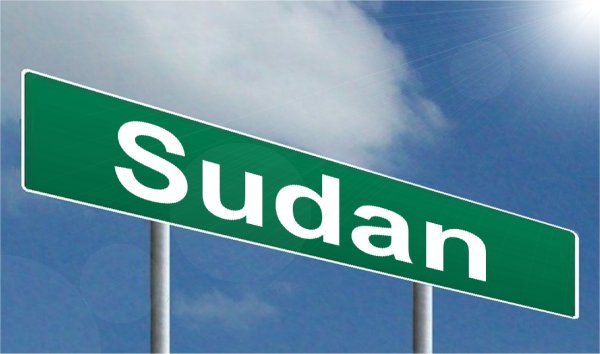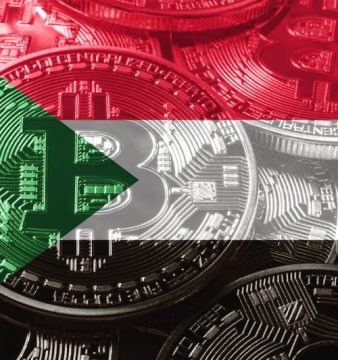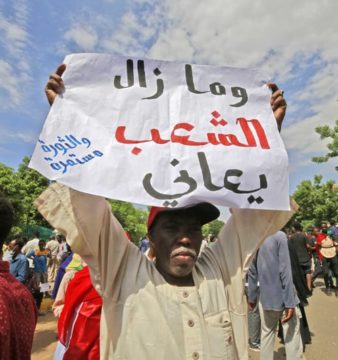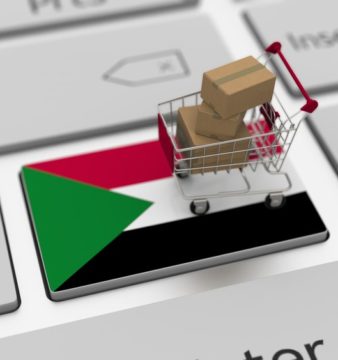Sudan’s Economy – Where We Stand

Image credit: Nick Youngson, Alpha Stock Images
For as long as most millennials can remember, the Sudanese economy has been a source of grievance. Prices have always been too high and salaries too low. In addition, commodities such as gas, flour, fruits and vegetables, and meat are expensive.
However, it would appear that somehow, many Sudanese suburban families were able to consistently put food on the table and insist (and persist) on hosting breakfasts, dinners and lunches with open invitations to extending family members, neighbours, friends and other loved ones. It’s just the Sudanese way of life – life is expensive; but yet, you must be hospitable and invite others to share meals with you.
However, a year or so ago, things appear to have taken a turn. Despite genuine meal invitations, there is a more painful tone to the concern and all of a sudden, Sudan’s economy is ever-present in the news and thus, the Sudanese way of life.
So, what is going on?
In the simplest of terms, we are in a trade deficit, which simply means that we import more than we export. The secession in 2011, which took with it about 80% of Sudan’s oil reserves, exacerbated the situation. People will say that a trade deficit is not inherently a bad thing; the US runs a substantial trade deficit and is experiencing somewhat of an economic boom (Sudan’s deficit sits around USD2.7 billion; the US trade deficit is around USD500 billion). There is some truth to this, but it is worth mentioning that the US dollar (USD) is the international reserve currency and that the US runs the largest economy in the world. Comparing the two provides us with very little insight.
OK, but what does this mean?
Importing more than you export, for most developing countries, is cause for concern. A person cannot spend more than they earn for a prolonged period of time. Due to low levels of exports, Sudan does not generate enough foreign currency (which Sudan receives from other countries who purchase Sudanese goods) to support the Sudanese Pound (SDG), leading to the devaluation of the SDG. In other words, low demand for the Sudanese currency means that in the international markets, its value drops.
On 10 December, it has been reported that the Sudanese currency slid to 60 SDG to the USD on the black market, increasing the gap with the official rate of 47.5 pounds to its widest since a sharp devaluation in October.
Theoretically speaking, currency devaluation does not have to be as bad as it sounds. As a matter of fact, China intentionally maintains a devalued currency – the reason being that this boosts exports. A weaker currency makes your goods cheaper to buy abroad, leading to increased exports, which leads to an increase in foreign reserves, which then strengthens the currency. In Sudan, however, it appears that this has not happened as exports have not recuperated the trade deficit and the currency has continued to fall.
The devaluing currency has led to rising inflation as goods become more expensive to purchase locally, leading to the liquidity crisis the banks are now facing. Why not print more bank notes, you say? Well, printing more bank notes further increases supply of the currency, which is a measure that can lead to further weakening or devaluing of the currency and serve only to further increase inflation levels (inflation levels have indeed risen in the past month or so as a result of an increase in hard currency).
According to the Central Bureau of Statistics (CBoS), Sudan’s inflation rate has risen to 68.93% in November 2018 compared to 68.44% in October 2018. Inflation jumped to more than 50% in January 2018, when subsidy cuts resulted in food price increases, which triggered civil unrest and protests. However, it has continued to accelerate despite the government’s attempt to slow price rises with strict limits on cash withdrawals.
What is being done?
The response appears to be an increase in austerity measures as the government tries to reduce unnecessary expenses and decrease budget deficits. This is a rather common response in these situations but there are a lot of questions about the practice of austerity. In an economic slowdown governments usually engage in increased spending, to boost the economy. However, austerity calls for the exact opposite – a decrease in spending that usually leads to economic contraction, which will likely make matters more difficult.
What can be done moving forward?
The short answer is, a lot. Sudan is a resource rich country and well-placed investments would serve the economy well. Papering over cracks may bring short-term relief but will more often that not make matters worse in the long run. Appealing to international donors such as the International Monetary Fund (IMF) may be an option (granted, a bit of a stretch) but there aren’t enough successful IMF interventions to warrant confidence in their services.
 Born and raised in the Middle East, Suliman Mahir is a senior programmes officer and a self-diagnosed economics fanatic, working on youth economic empowerment projects across the MENA region and beyond.
Born and raised in the Middle East, Suliman Mahir is a senior programmes officer and a self-diagnosed economics fanatic, working on youth economic empowerment projects across the MENA region and beyond.





Very Useful Article